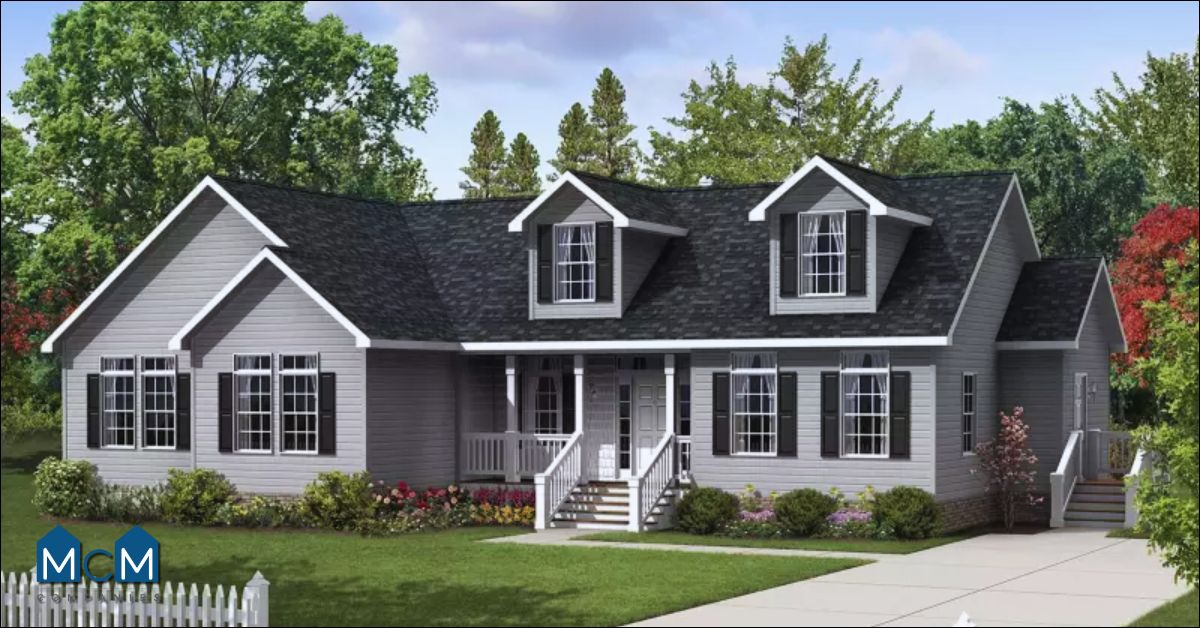Understanding System Built Homes Prices: What Buyers Should Know

System built homes are becoming a popular choice for people looking for efficient, cost-effective alternatives to traditional construction. Whether you are a first-time homebuyer, downsizing, or building a family home, it is important to understand how system built homes prices work before making a decision.
This guide answers common questions about system built homes pricing, breaking down all the factors that impact cost and offering helpful tips for managing your budget.
Why Are More People Choosing System Built Homes?
System built homes offer many benefits over traditional site-built houses. The main reasons people are choosing them include:
● Faster construction times
● Lower labor and material waste
● Customizable layouts and finishes
● Consistent build quality
● Potential savings on total project costs
Because of these benefits, there has been a growing interest in comparing system built homes prices to traditional homebuilding methods.
What Affects the Cost of a System Built Home?
System built homes prices vary based on several key factors. Understanding these will help you plan your budget more effectively.
1. Home Size
Larger homes cost more to build due to additional materials and labor. Multi-story homes or unique layouts also tend to be more expensive because they require added engineering and support structures.
2. Custom Features
Custom designs and upgrades add to the overall cost. If you choose high-end flooring, countertops, or built-in appliances, expect system built homes prices to increase compared to standard options.
3. Type of System Built Home
Modular homes usually have a higher base price but offer long-term value and are treated like traditional homes in most real estate markets.
Manufactured homes are more affordable upfront but may not appreciate in the same way. Panelized and precut homes fall in the middle range and offer different levels of flexibility.
4. Materials
The quality of finishes—such as cabinetry, tile, flooring, and fixtures—has a big impact on cost. Sticking with standard features helps keep prices lower, while luxury finishes can raise the overall price significantly.
5. Site Preparation
The quality of finishes—such as cabinetry, tile, flooring, and fixtures—has a big impact on cost. Sticking with standard features helps keep prices lower, while luxury finishes can raise the overall price significantly.
6. Costs of Transportation and Assembly
The quality of finishes—such as cabinetry, tile, flooring, and fixtures—has a big impact on cost. Sticking with standard features helps keep prices lower, while luxury finishes can raise the overall price significantly.
What Is Included in the Cost of a System Built Home?
To understand system built homes prices, it helps to break down what is included and what is not.
Base Price
The base price is the manufacturer’s quote and includes the construction of the home in the factory. This typically covers:
● Standard layout and features
● Basic plumbing and electrical systems
● HVAC systems
● Shipping within a certain distance
The base price can range from $100 to $200 per square foot depending on the builder and design.
Common Additional Costs
Beyond the base price, there are other costs to plan for, such as:
● Land and lot preparation
● Foundation installation
● Utility connections
● On-site labor for assembly and finishing
● Custom upgrades and modifications
● Permits, inspections, and zoning fees
These additional items can add tens of thousands of dollars to your budget.
Hidden Costs
Some costs may not be obvious at first. Be sure to budget for:
● Financing fees
● Homeowner’s insurance
● Landscaping and driveways
● Storage or temporary housing if needed during construction
Being aware of these costs helps you avoid budget surprises and better understand the full scope of system built homes prices.
Conclusion
System built homes offer an attractive alternative to traditional construction. With shorter timelines, strong quality control, and customizable features, they are a smart choice for many buyers. But understanding the full range of costs is key to making the right decision.
System built homes prices depend on many factors, including design, site conditions, finishes, and installation costs. By planning carefully and working with a reliable builder, you can find a solution that meets both your vision and your budget.
Ready to explore your options? Contact MCM Communities today to learn how we can help you succeed with system built homes. Our team can walk you through pricing, site planning, and customization so you can move forward with confidence.
Let us help you build a home that works for your life, your timeline, and your finances.
.svg)